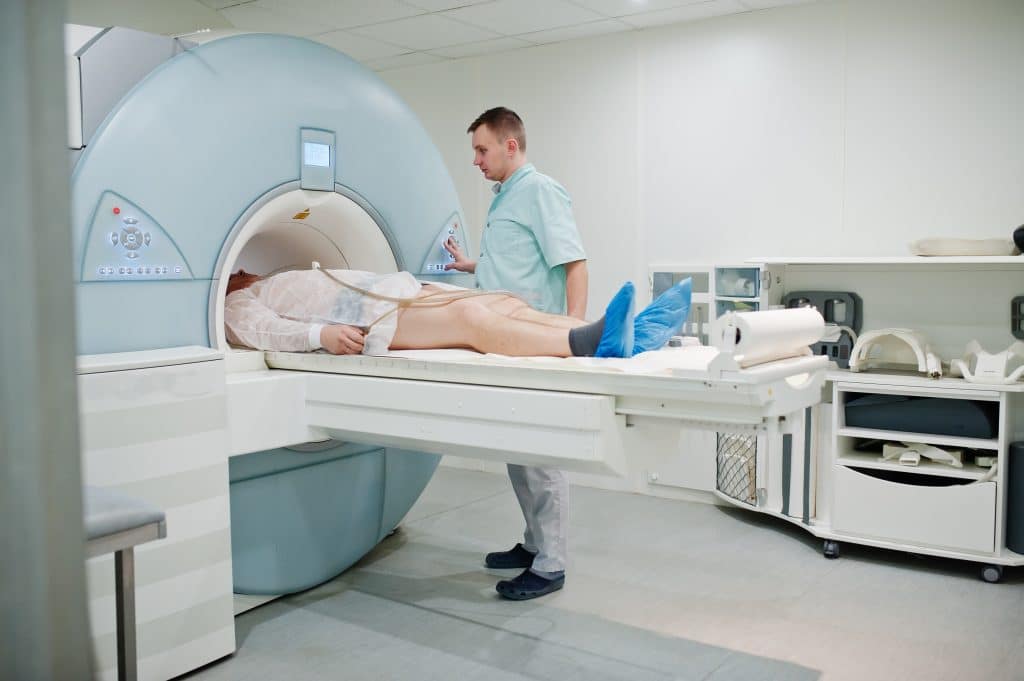Medical Chillers, Uncategorized
Best Solutions for Keeping Medical Devices Cool
When your medical business works with medical devices, it is imperative that you regulate their temperatures in an effective way. Otherwise, their efficiency and functions can be significantly compromised, which may also cause safety issues for patients and workers alike.
The World Health Organization states that policies, strategies, and action plans should be in place for all medical devices by national health plans. However, businesses should take accountability too. Many medical devices and processes need to be kept chilled, refrigerated, or frozen in order to be effective, including but not limited to:
- Lasers
- Diodes
- Thermal pipes
- Electronics
- Scanners
So, what are the best cooling facilities on the market for medical devices? Let’s find out…
1. Medical Chillers
Medical chillers are a collection of specialized temperature regulation facilities that can be used to protect a range of equipment including MRI scanners, PET scanners, oncology equipment, and CT scanners.
Their main function is to keep all parts of the equipment cool throughout medical procedures. In most cases, they use water-cooled or air-cooled tech to transfer heat away from the source of overheating. This can be achieved in a number of ways, including continuous flows or intermittent cooling.
The medical chiller industry is predicted to surpass $12.7bn by the end of 2027. Their potential benefits for medical care businesses include:
- Remove the threat of overheating and breaking down mid-treatment
- Reducing the post-treatment cooling times
- Maintaining a more comfortable room temperature for patients and medical teams
- Saving money due to reduced repair works and quicker processes
- Improved machine efficiency and accuracy
If using big medical devices that reach high temperatures, medical chillers are essential for the sake of performance, productivity, and profitability. Thanks to advancements in technology, medical chillers are now more compact than ever before, meaning they can aid performance levels without impacting the look or atmosphere of a medical environment.
2. Cooling Vests
The need for cooling shouldn’t be limited to equipment and medical devices. It is equally crucial to consider the health of the doctors and surgeons that will use those facilities. Being around x-ray machines, lasers, and equipment that reaches high temperatures will expose employees to the high temperatures for long periods. Cooling vests are, therefore, an essential addition.
Studies show that productivity can fall by 4% for each degree over 27C. Given the extended time that surgeons can be under that intense heat, this will result in slower performances and may also increase the threat of mistakes. Cooling vests and related accessories help maintain a better core body temperature while they can be worn for long periods without any discomfort or side effects. Cooling vests and accessories are also available in multiple sizes for optimal convenience.
3. Spot Coolers
As confirmed by the FDA, a wide selection of medical tools, devices, and items need refrigeration and to be stored at the appropriate temperatures. The list includes lab reagents, dialysis, sterilants, skin substitutes, and dental products. Similarly, organ preservation will require a cooler temperature.
However, you won’t always require cooling for the entire room. Spot coolers are the answer. The portable units are essentially a medical version of the A/C facilities you’d find at home. This allows you to drop the temperature in a specific area.
Aside from being a cost-effective solution that doesn’t have to impact other facilities within the room, it gives you the chance to keep medical devices and products cool as they prepare for transit to another part of the building or medical center. The fact that you won’t need them at all times means a small number can serve the whole building.
4. Medical Fans
While research papers dispute the claims that fans can increase the risk of infection, those proposed risks should not be ignored. The fact is that household fans will see germs circulate, which could pose a threat in medical surroundings where patients could be ill. It’s always better to be safe than sorry, which is why medical fans are the safest solution by far.
Aside from protecting people, they will protect medical devices too. Medical fans are specialized to provide the cooling attributes without the risks associated with more traditional systems.
They use sealed enclosures and technologies that use heat transfers to keep internal areas hot and external features cold. In turn, this keeps the unit cool from a user’s perspective, which will then drop the localized temperature and boost air circulation. It adds comfort for people and keeps delicate medical tools at the right temperature too.
Conclusion
Medical facilities run the risk of getting very hot due to the machinery used and potentially compact spaces. Whether protecting devices or people, the right choice of cooling systems will make a world of difference.
